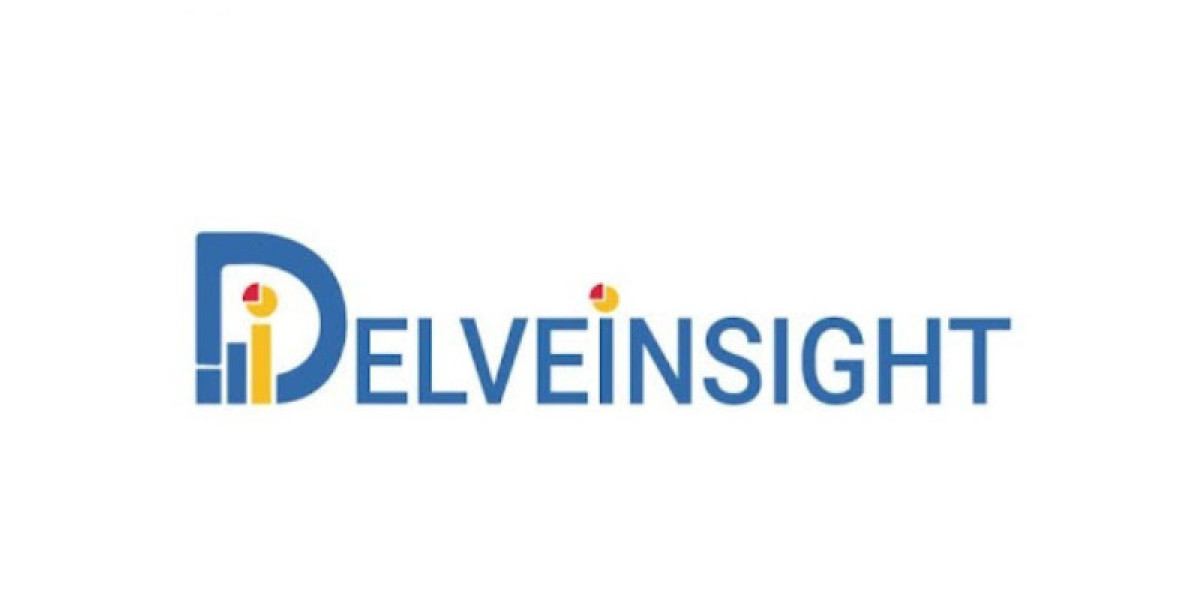Catechol-O-methyltransferase (COMT) inhibitors are a crucial class of drugs in modern neurology and pharmacology. These compounds inhibit catechol-O-methyltransferase, an enzyme responsible for metabolizing catecholamines such as dopamine, epinephrine, and norepinephrine. By slowing the breakdown of these neurotransmitters, COMT inhibitors enhance dopaminergic signaling in the brain, which is particularly beneficial for managing Parkinson’s disease and other movement disorders. The Catechol-O-methyltransferase Inhibitor Market has expanded significantly in recent years due to rising awareness of Parkinson’s disease, improved drug formulations, and the growing elderly population globally.
Mechanism of Action and Therapeutic Importance
COMT inhibitors act by preventing the conversion of levodopa into 3-O-methyldopa (3-OMD), increasing the availability of levodopa to the central nervous system, where it is converted into dopamine. This replenishment of dopamine alleviates motor symptoms of Parkinson’s disease, including tremor, rigidity, and bradykinesia. Typically, these drugs are administered alongside levodopa and a dopa decarboxylase inhibitor to maximize therapeutic outcomes and minimize peripheral metabolism. Key COMT inhibitors currently in use include entacapone, tolcapone, and opicapone. Entacapone is favored for its safety and effectiveness in reducing motor fluctuations, tolcapone is potent but carries hepatotoxic risks, and opicapone, a newer option, provides once-daily dosing with minimal adverse effects.
Findings from COMT Inhibitor Clinical Trials
Extensive COMT Inhibitor Clinical Trials over the past 20 years have consistently shown that adding COMT inhibitors to levodopa therapy prolongs “on” periods and reduces “off” time, improving motor control and quality of life. Recent research focuses on new formulations and delivery methods to increase patient adherence and minimize side effects. Opicapone, in particular, demonstrates superior pharmacokinetics and patient satisfaction compared with entacapone. Studies are also exploring potential uses beyond Parkinson’s disease, including cognitive impairment and mood disorders where dopamine dysregulation is implicated. These findings are guiding the development of next-generation dopaminergic therapies with broader clinical applications.
Key COMT Inhibitor Companies and Market Competition
The global COMT inhibitor market is competitive, with several major players driving innovation. Prominent COMT Inhibitor Companies include Novartis AG, Boehringer Ingelheim, Orion Corporation, Bial, and Hoffmann-La Roche Ltd. Novartis and Orion have been instrumental in developing and commercializing entacapone-based therapies such as Stalevo, which combines levodopa, carbidopa, and entacapone. Bial’s opicapone, marketed as Ongentys, has expanded treatment options and improved motor outcomes. Emerging biotech firms are also contributing by enhancing molecular stability, reducing hepatic risks, and optimizing drug delivery. Competition in the market is fostering innovation and improved patient-centered therapies.
COMT Inhibitor Drugs and Clinical Use
Current COMT Inhibitor Drugs primarily serve as adjunct therapy in Parkinson’s disease management. Entacapone (Comtan) and tolcapone (Tasmar) were among the first approved drugs in this class, helping reduce levodopa-related fluctuations and prolong its benefits. Opicapone offers enhanced flexibility, especially for patients needing simplified dosing. Research continues to investigate potential applications in schizophrenia, depression, and attention deficit disorders, leveraging their effects on dopamine regulation and expanding the clinical reach of COMT inhibitors.
COMT Inhibitor Market Size and Growth Drivers
The global COMT Inhibitor Market Size has steadily increased over the past decade, fueled by the growing prevalence of Parkinson’s disease and the adoption of combination therapies. Advances in drug formulations, including extended-release and fixed-dose combinations, have also supported market growth. Rising awareness among healthcare providers and favorable reimbursement policies in developed regions, alongside increasing healthcare investment in emerging economies, have further strengthened market adoption. Challenges include high development costs, potential side effects, and competition from alternative therapies like MAO-B inhibitors and dopamine agonists, but overall growth prospects remain robust.
Future Outlook and COMT Inhibitor Market Forecast
The COMT Inhibitor Market Forecast suggests continued expansion in both established and emerging regions. Demand is expected to rise due to novel formulations, improved drug accessibility, and exploration of additional therapeutic indications. Research will likely focus on enhancing drug selectivity, reducing hepatic side effects, and integrating personalized treatment strategies guided by genetic and biochemical markers. Digital health tools and wearable devices may further support therapy monitoring and effectiveness. Strategic collaborations between pharmaceutical companies and research institutions are driving the development of next-generation COMT inhibitors with improved safety and efficacy.
In summary, catechol-O-methyltransferase inhibitors remain vital for Parkinson’s disease treatment and show potential for wider applications in neurology and psychiatry. Backed by extensive research, competitive market dynamics, and expanding therapeutic opportunities, the COMT inhibitor segment is poised for sustained growth, marking a promising future in patient-centered neurological care worldwide.
Latest Reports by DelveInsight:
Peripheral spa market | Polycystic kidney disease market | Post-transplant lymphoproliferative disorder market | Postpartum depression market | Ranibizumab biosimilar insights | Retinal neovascularization market | Sarcopenia market | Scoliosis market | Secondary progressive multiple sclerosis market | Shigella infections market | Sleep tech devices market | Spinocerebellar ataxia market | Spondylolisthesis market | Sporadic inclusion body myositis SIBM market | Surgical mask & respirator market | Syphilis market | Systemic sclerosis-associated interstitial lung disease market | Tay-Sachs market | TCR therapy market | Thymidine kinase 2 deficiency market | Thyroid cancer market | Transient ischaemic attacks market | Transverse myelitis market | UK healthcare report | Urea cycle disorders market | Urinary retention market | Urothelial carcinoma market | Uterine fibroids market | VHL disease market | Vulvar cancer market | Wiskott-Aldrich syndrome market | Abdominal aortic aneurysm market | Acute myeloid leukemia market | ADHD market | Adult T-cell leukemia market | AL amyloidosis market | Alpha thalassemia market | Anastomosis device market | ANCA vasculitis market | Angiofibroma market | Anti-neutrophil cytoplasmic antibody-associated vasculitis market | Antibody drug conjugate market | Arthralgia market | Ascites market | Atherosclerosis market | Atrial flutter market | Attention deficit hyperactivity disorder market | Autosomal dominant polycystic kidney disease market | Avascular necrosis market | Axillary hyperhidrosis market | B cell lymphomas market
About DelveInsight
DelveInsight is a leading Business Consultant, and Market Research firm focused exclusively on life sciences. It supports Pharma companies by providing comprehensive end-to-end solutions to improve their performance. It also offers Healthcare Consulting Services, which benefits in market analysis to accelerate the business growth and overcome challenges with a practical approach.
Media Contact
Company Name: DelveInsight Business Research LLP
Contact Person: Abhishek kumar
Email: [email protected]
City: Albany
State: New York
Country: United States
Website: https://www.delveinsight.com








